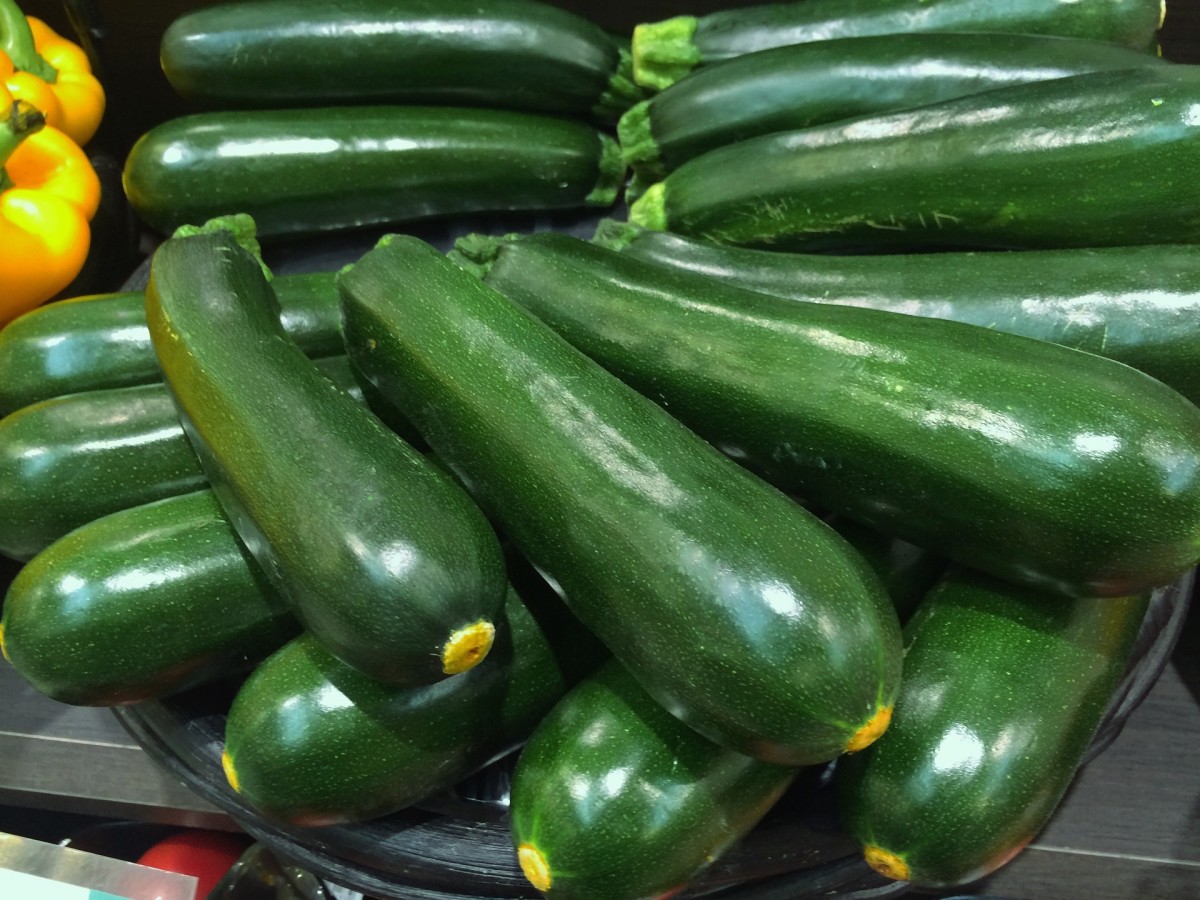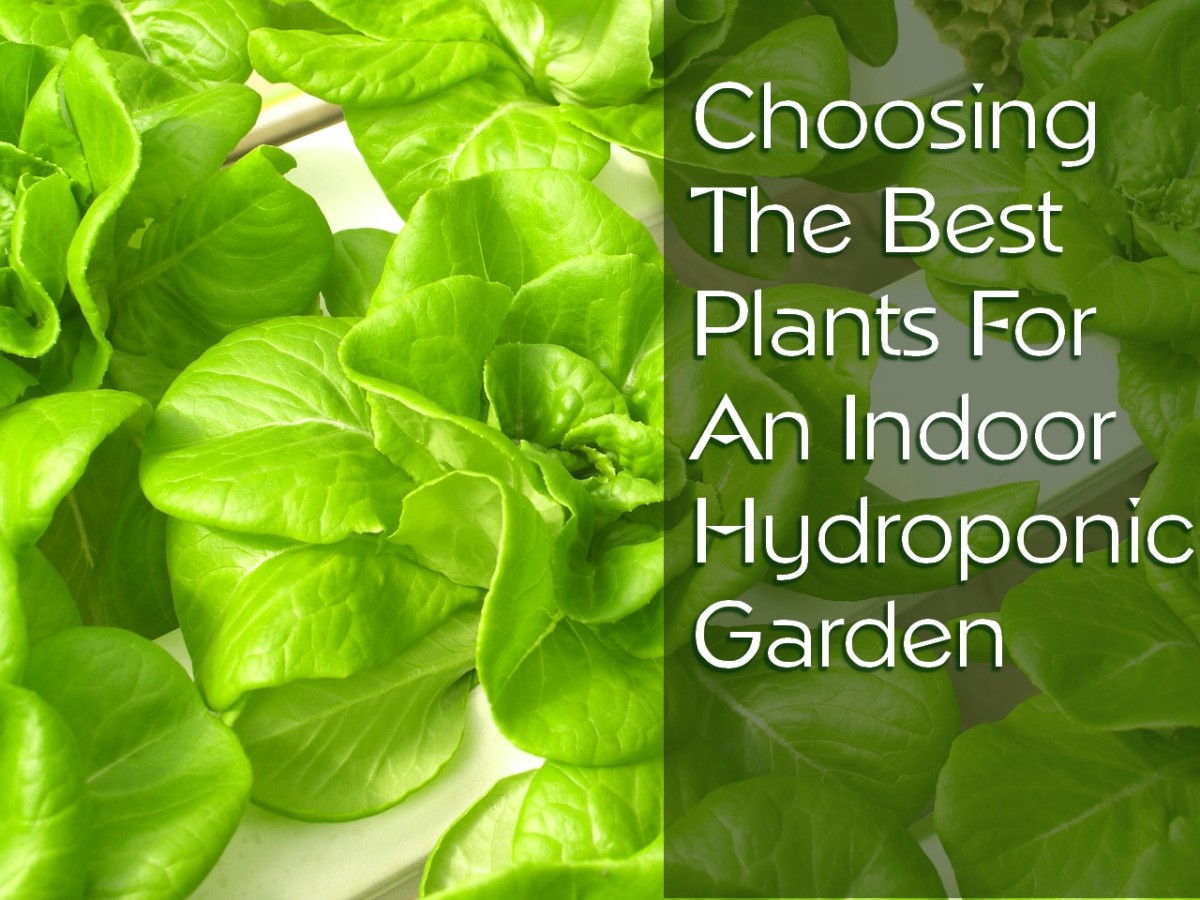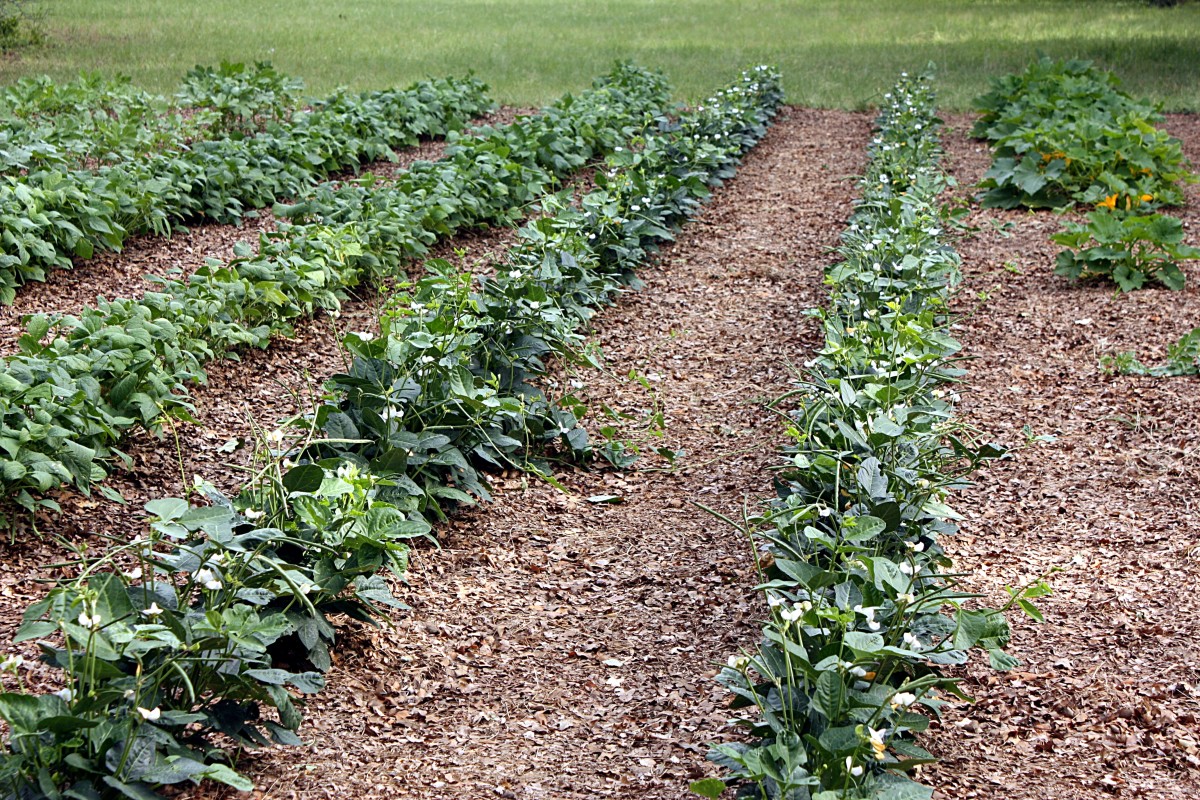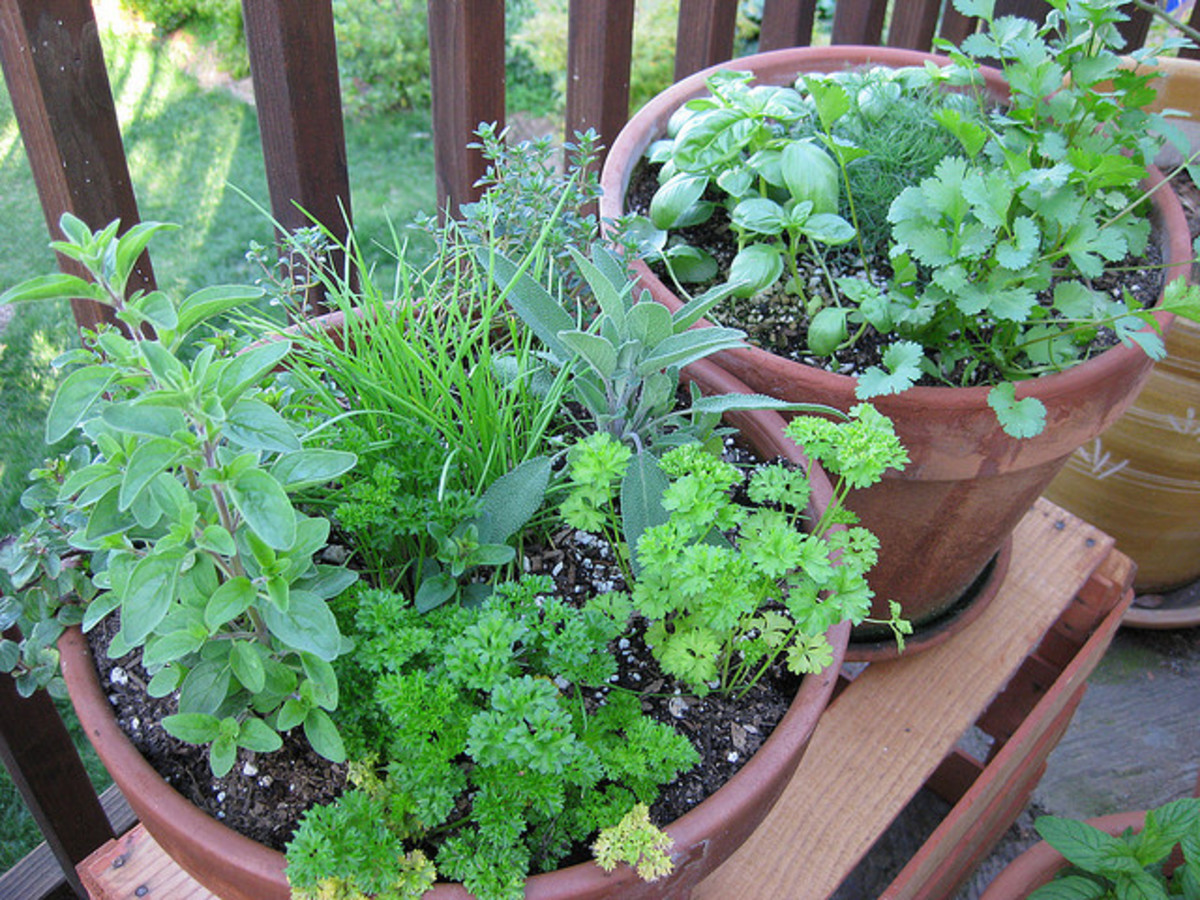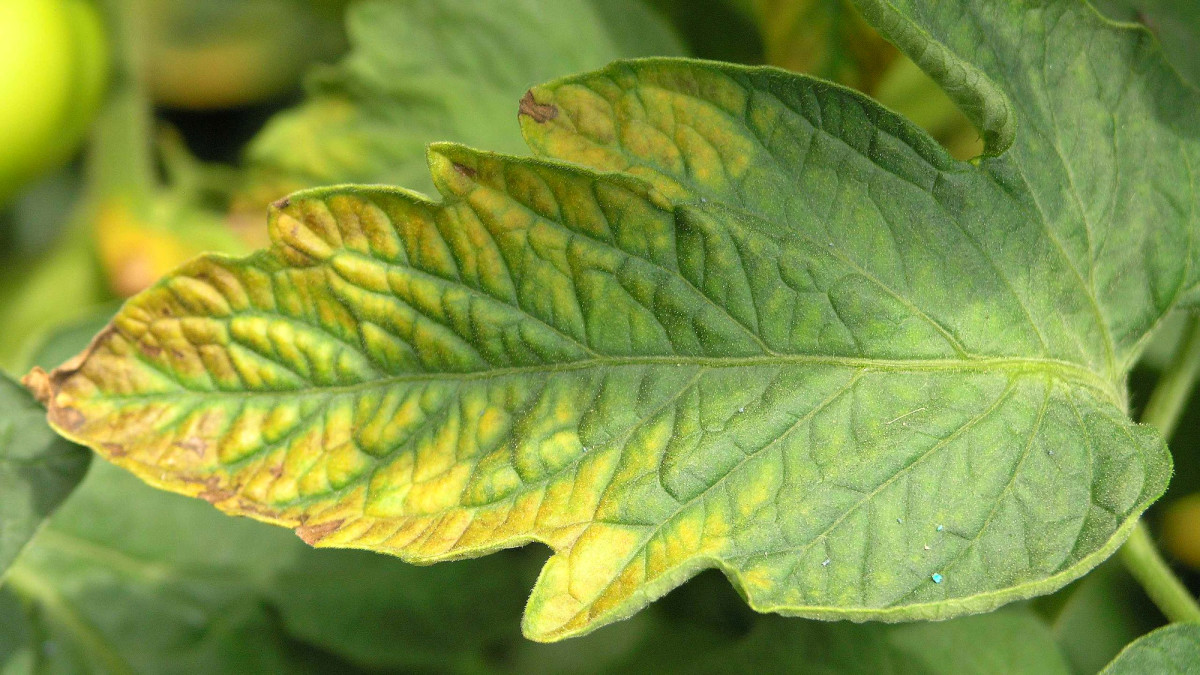Growing Vegetables In Pots: How To Grow Salad Leaves
Salad Leaves Are An Easy Introduction To Growing vegetables In Pots
Growing salad leaves is easy and if you've never grown your own food before, it’s a great place to start.
It’s impossible to beat the freshness, going from pot to table in only a matter of minutes, achievable by growing your own salad leaves. Added to this, it's much cheaper to grow your own compared with buying from the store. If you consider how much one bag of salad leaves cost, for the same price you can buy a packet of seeds which can supply you with enough leaves to last you for months. Not only will one packet of seeds give you a bumper supply but also each plant can grow back after being cut, 3-4 times. The trick to getting the maximum from each plant is to cut a few of the bigger leaves from each one, leaving the younger ones to grow and new leaves to develop.
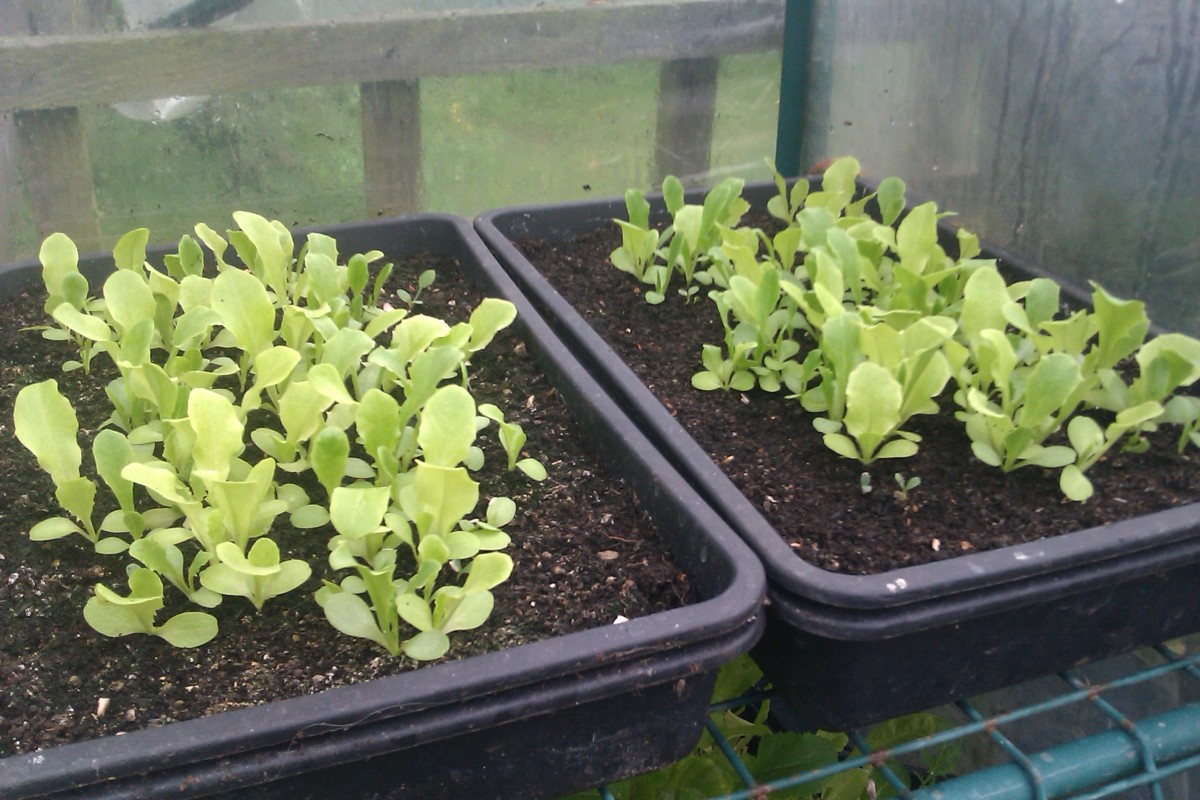
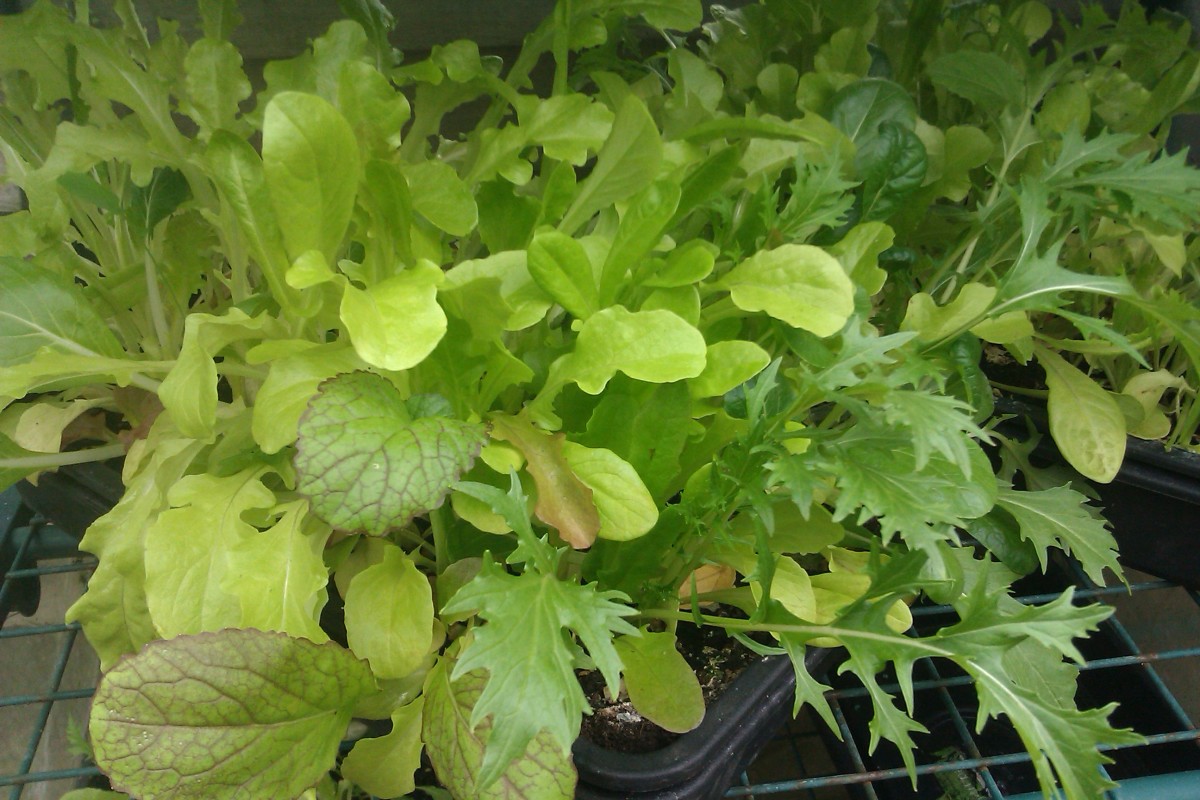

Repeat sowing. To further guarantee you have leaves always ready for cutting, sow seeds every few weeks to have a continuous supply. To avoid a glut, when all your plants mature at once, sowing every other week will ensure you won't end up with too many at once.
Lack of space. It is surprising how little space is required to grow enough leaves to provide for a few meals each week of the growing season. Just a few pots can supply you with several different varieties which will add color and flavor to your meals. Better than shop bought. If you've bought salad leaves in bags from a shop, you'll be aware how quickly the leaves wilt and go off once the bag is opened. Also, because of how long they've been cut and the treatment required to maintain their freshness in the bag, they lack the strength and quality of flavor you can get from truly fresh home grown salad leaves.
Positioning. Salad leaves can tolerate more shade than many other vegetables. Leafy vegetables can handle more shady areas than fruiting vegetables such as tomatoes and cucumbers. They still need some exposure to sunshine but can make do with about 4 hours a day compared to at least the usual six or so hours usually required. This tolerance to less sunlight also means the can be grown through the winter if given protection from the cold.
Caring for your plants. Salad leaves don't appreciate being left to dry out. To keep them happy, water them regularly. As long as you use a good quality organic growing medium, your salad leaves in pots shouldn’t require any additional feeding. Once the plants have given their all, more seeds can be sown. This can possibly be done again for a possible third sowing, after which time the growing medium will be depleted and should be replaced with a fresh lot. If you think your plants would benefit from a feed, organic seaweed feed is ideal.
Protecting your produce. If you are growing your leaves on windowsill indoors you will have little worry from pests but in the garden there are few main culprits. Birds will enjoy having a peck on your tasty leaves but can be stopped by protecting with netting or placing the pots in area they are less likely to venture to. Slugs and snails can make short work of all your efforts. Being elevated in pots will provide a degree of protection and there are numerous methods to killing and trapping them. The most effective method is removing them manually and making sure the area around the pots doesn't provide a suitable environment for them to hide.

So which to choose? There is a wide variety of salad leaves, all easy to grow and enjoyable to eat. Here are a few:
Mixed seeds. If you've never grown salad leaves before, one of the best ways to start is by buying a mixed seed packet. This will give you a mix of complimentary leaves that will add variety to your meals but also looks great growing as well. Popular choices are Californian, Italian, and French mixes.
Salad bowl. Red and green in color. Ready in a few weeks. Grow very quickly; can produce young leaves in small pots only 6cm deep.
Rocket. Has a peppery taste. Rocket in name and nature. Will grow too fast and go to seed if allowed to dry out or get too hot. Needs deeper pot than other salad leaves. Prone to attack by flea beetle which makes small holes in the leaves. The best way to protect is to cover rocket with fleece.
Spinach. True spinach bolts very easily so instead grow perpetual spinach or spinach beet which is very similar. Have long roots so give it a nice deep pot to keep it happy. Pick young leaves and eat raw in salads.
Chard. Same family as spinach beet, chard adds color to your cooking and is an attractive plant to grow with its colored stems. Choose ruby chard with red stems or rainbow chard which is several different colors. The same as spinach beet pick the leaves while they are young for salads. If left the leaves will get much bigger and require cooking before eating
Pak choi. One of the best to oriental leaves. Easy to grow and great in the winter months when other varieties have stopped growing. It has delicate shades of colors and crunchy leaves with a refreshing taste. Great for stir fries and salads.
Growing salad leaves is a great way to get into growing your own vegetables in pots. Being easy to grow, having success with these will spur you on to grow other vegetables in pots.



